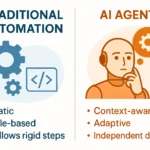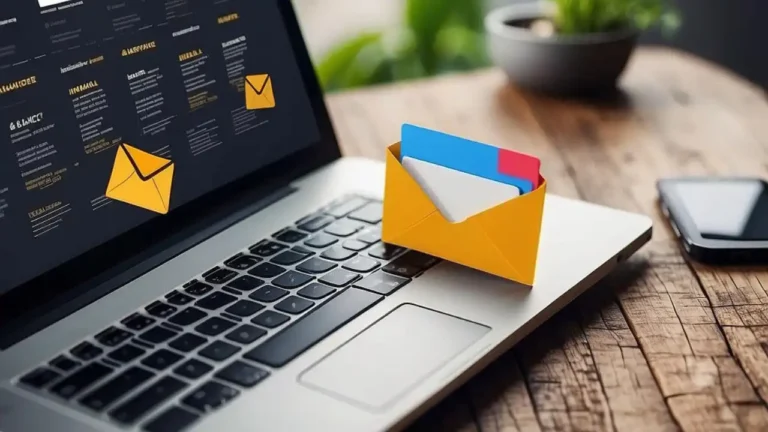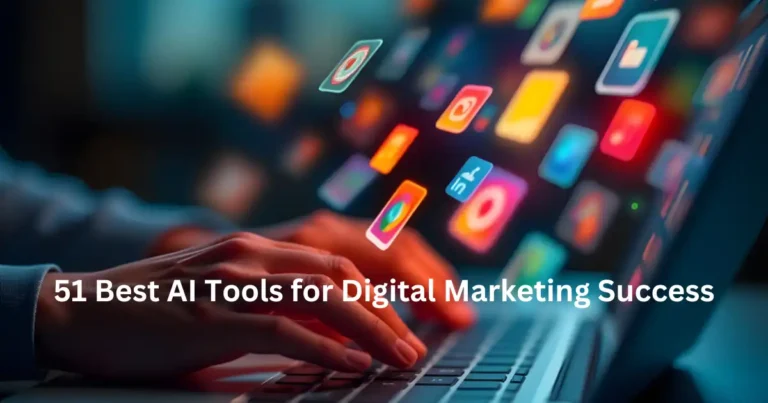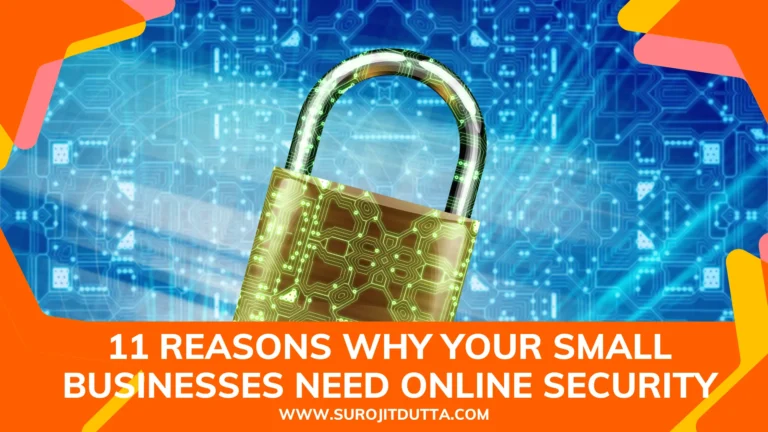Selling products on Pinterest can be an incredibly lucrative business venture if you know how to do it correctly. The trick, however, is to avoid making these common mistakes that so many people make when trying to sell on Pinterest. But the question is How to Sell on Pinterest like a pro?
If you don’t learn from the mistakes of others, you’ll find yourself leaving money on the table every time you try to sell your own products and services through this popular social media platform. That’s why we have prepared this ultimate guide to sell on Pinterest like a pro in order to save you valuable time and money down the road.
If you’re just getting started selling on Pinterest, you may be intimidated by the number of pins your competitors have under their boards, especially if they’ve been doing it since the beginning and have thousands of pins up already.
Don’t worry—a fresh start doesn’t mean you have to start from scratch! In fact, you can get an edge on your competition even before you begin if you follow this step-by-step guide on how to sell on Pinterest like a pro. Follow these tips and your board will fill up in no time!
Why you should sell on Pinterest
Pinterest is often seen as just another social media platform, but it’s really much more than that. With millions of people using Pinterest every month, it has become one of the most powerful channels for online sellers.
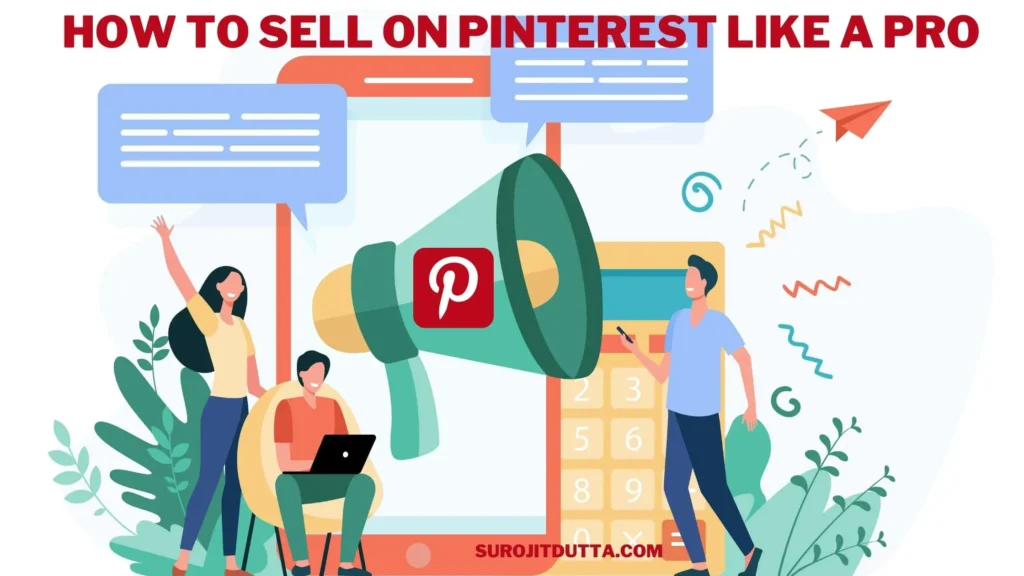
There are even reports that traffic from Pinterest drives as much revenue per visitor as Twitter or Google+! Read on for tips and tricks to selling successfully on Pinterest—you can start getting sales in no time and How to Sell on Pinterest like a pro?
How to Sell on Pinterest Like a Pro by using this 18 ways
I am sure you have heard that Pinterest is one of the most powerful social media sites with exponential growth right now, but if you are like me, then you might think it has nothing to do with your business. How can I use Pinterest to effectively market my website? How can sales be increased through this platform? How do I sell on Pinterest exactly? How can I use Pinterest to maximize my business wealth?
If you are still wondering how to sell on Pinterest then this article is for you, because today I will share with you everything that has helped me increase sales through Pinterest!
You may be wondering why you should even bother using Pinterest if the only thing it seems good for is sharing pictures of cool outfits, delicious food, cute animals, and products that you want to purchase. How can Pinterest be used as a marketing channel? How does Pinterest drive traffic? How can I use Pinterest exactly? How does Pinterest increase my business wealth?
Now let's started with these 18 tips on How to sell on Pinterest like a pro
1. Link and verify your website
The first step on How to Sell on Pinterest is you’ll have to verify your website before you can use it. Once you’ve confirmed, head over to Hello Bar’s website and add your new verified site. From there, copy/paste in HTML code provided onto a page of your choice.
The bar will appear automatically on your web pages after you create an account. To keep track of any progress, you can log into their online dashboard at any time and view reports on traffic driven by your bar. If that sounds overwhelming (or if it makes sense to split things up between multiple websites), Hello Bar offers integrations with several email marketing services so that you can link existing email addresses with their tracking system instead.
It all depends on what kind of DIY-er you are! Another cool feature is that you can choose different colors for different bars based on your branding or audience. Overall, we love how easy it is to use — just enter in your URL from one place and Hello Bar takes care of everything else! How much does it cost?
2. Set up a business account
Setting up a business account is incredibly easy—you just sign in with your existing social media login info, name your business, and select an avatar. If you already have business accounts with any of these platforms (such as Google or Facebook), simply link them to your new Pinterest page for free. Once everything is set up, it’s time to start building your brand . . . Click here to read more.
You May Also Like: How to make money with your language skills
3. Focus on Pinterest SEO
Pinterest SEO Is very important Before you start setting up your business on Pinterest, it’s important to understand how search engine optimization (SEO) works. SEO is basically just a fancy way of saying how people will find your product or service. And while SEO can seem like an intimidating topic, it's actually quite straightforward and relatively easy to manage once you have an understanding of its components.
When it comes to selling on Pinterest, there are three main aspects of SEO that are essential for marketing your business. The first is optimizing your product page for search engines. This means choosing appropriate keywords and using those keywords in relevant titles and tags.
4. Implement content marketing
Content marketing is very important when you are learning How to Sell on Pinterest like a pro. There are many ways to use content marketing as part of your sales strategy to succeed in selling. If you’re launching a new product, create an ebook or offer video tutorials and tips on how people can get started with your service.
If you’re working with larger corporations, share case studies and other data showing how your product works well in large organizations. The point is that, no matter what niche you’re in, content marketing can help position you as an expert who helps people better reach their goals.
In essence, content marketing allows you to develop credibility with your target audience before they need any one-on-one assistance from you.
You May Also Like: How to make shareable anything on Facebook
5. Organize Pins into Catalogs
The easiest way to organize your business’s Pinterest presence is by categorizing your pins into catalogs, which let you choose how you want each pin displayed in search results. Catalogs are groupings of similar content (which can include multiple boards) that are managed together, and they serve as your company’s organizational hub. For example, if you sell several products but only have room for one board per product, you can create a catalog called Purses with one board per purse design. Then create another catalog called Shoes with boards for each shoe type or category.
6. Arrange product pins into Catalogs
Before you can start selling on Pinterest and learn the full step of How to Sell on Pinterest, you'll need to figure out how you want your products to be presented. You can either use existing information about your products or create new ones for each pin. Catalogs allow you both options.
When using an existing product description, make sure it is optimized for both search and social users. Don't make it too long or it won't appear with other pins on mobile devices; similarly, try not making it too short as you don't want people clicking through when they realize there isn't enough info.
If creating unique descriptions for each pin sounds overwhelming, set aside some time at first just to do that – once they're created, adding them into your catalog will be much easier!
7. Use Rich Pins
Rich Pins are Pinterest’s new tool for making product pins more interactive. With Rich Pins, you can include price, availability, and more information about your products in your pins. They’re great for selling products directly from Pinterest and for driving traffic to your website or sales page when someone wants to buy something online.
If you want to sell products on Pinterest and want to learn How to Sell on Pinterest without investing in eCommerce software or hiring an outside company, Rich Pins are one of your best tools. In order to use them effectively, there are two things you should do first: set up Rich Pins and make sure you have some great content before putting them into practice.
You May Also Like: How to grow your email list fast and easy ways
8. Use promoted Pins
Promoted Pins make it easier than ever for your pins to stand out. You’ll be able to reach an even wider audience and drive more traffic to your website or online store. Promoted Pins are now available in two formats: web results and mobile app results.
They appear alongside regular search results and can help you reach shoppers no matter where they’re looking—their phones, computers, tablets, or anywhere else online. When people click on your ad, you have a chance of appearing higher in their newsfeed and driving more traffic back to your site.
9. Brand your account
Buy a domain name and set up your own website. Do not use your own Facebook or other social media pages for your business. Make it easy for potential customers to find you online. You can brand yourself as an authority in your niche by purchasing social media accounts with high follower counts, but you do not want to sell products using these accounts.
That’s against platform policies, which may lead to your business account being shut down. Make sure you know where all of your fans are coming from so you can adjust marketing strategies accordingly and avoid spending too much money on advertising that leads people who aren’t already interested in buying from you—which is an easy thing to do when you’re just starting out.
10. Create product tags for shop the look pins
Before you jump into how to Sell on Pinterest, there are two major considerations you’ll want to make. The first is tagging your product pins correctly. Tags allow users who are browsing specific keywords to find and pin your products.
Make sure that you choose tags that highlight an important aspect of your product but don’t include too many words—tags should be no more than seven words long if possible. For example, if you have a scarf with gold accents, then winter scarf, scarf winter, and gold scarf would all be appropriate tags for it.
There's no need to use all three in one post; experiment with different combinations and see what produces sales!
You May Also Like: How to validate your Twitter card to get more leads
11. Share some social proofs
Pinners purchased items at an average of 2x per month. – The pinning community is over 300 million users strong. – Every second, 24 hours of video are uploaded to YouTube. 60% of that is mobile-driven. It's no secret that social media can be an incredibly powerful tool for driving sales.
At Ideapod, we spend quite a bit of time working with brands and startups who want help building their social media presence, which includes Facebook, Twitter, Instagram, and Google+. If you have questions about how we can help with your project or would like more information please get in touch using one of our contact forms.
12. Get your eCommerce up and running
Get started by signing up for an eCommerce platform like Shopify or Big Cartel, which makes it easy to sell products on your own website. The company will provide you with all of the tools you need in order to start selling.
Decide if you want to be more Etsy-like, where you manage sales, payments, and shipping directly, or if you want something that handles inventory management as well so that you can focus your attention elsewhere (like marketing).
There are advantages and disadvantages of each choice; think about what’s most important to your business model before making a decision. Once these services are set up, start promoting your store anywhere online that could send people in your direction.
13. Know your audience
Before you start pinning, have an audience in mind. Does your product fit best with creative types? Women in their 30s? Fashionistas who love inexpensive jewelry? This can help you focus your content and make sure that each pin aligns with your customers' interests.
For example, if you sell handbags for women, don't repin pictures of men's wallets unless you're targeting men's wallets specifically. Remember The more niche your audience is, generally speaking, the better—and easier—it will be to get traction within that niche. If all else fails, look at what gets pinned by other companies selling similar products; they may be onto something.
14. Optimize Your Pins with rich pins
Rich pins are like little billboards within your content. They provide an eye-catching way for your potential customers to click through, learn more about your product, and—with luck—add it to their shopping cart. Rich pins aren't new; they've been around since 2014 and have only gotten better over time as social media companies update them with new features.
You can edit your rich pins just like you would any other pin, but if you want them at their best, use these tips to find and optimize rich pins that help you do what you're trying to do: get people from Pinterest onto your website or landing page.
You May Also Like: How to create a website for free
15. Follow the right hashtags
Just like Twitter, and Instagram, you can connect with other users through hashtags. To get started, it’s important to identify what your target market wants. If you own an art store, for example, you should use popular tags like #artsupplies or #artsandcrafts.
By following relevant hashtags, you will automatically begin seeing content from other users that fit your target audience’s interests—giving you insights into what works (and doesn’t work) when it comes to displaying your products online.
Just like Twitter and Instagram marketing, Instagram and Pinterest marketing can be easy if you follow some simple steps that work! Follow these tips and learn how to master social media marketing today!
16. Find influencers in your niche to work with
First and foremost, it's important to know how to use Pinterest. Don't forget that there are two parts to Pinterest: your main feed and your board. If you want influencers to work with you, then it's best if you start working with them first; tell them about your product or service before reaching out.
Why? The more they know about you, the better positioned they'll be when creating pins for you—and in turn, converting potential customers. Be sure that any products or services you put in your bio (on both Twitter and Facebook) are directly related to what they can pin.
17. Try out different promotions, but always keep track of ROI
When it comes to selling your products on Pinterest, it’s all about finding creative ways to encourage sales. The Promoted Pin Ad is an easy, quick, and effective way of generating ROI (return-on-investment) while you wait for organic traffic.
The good news? Promoted Pins are cheap: For example, you can promote any pin at $0.40 per engagement. Considering that roughly half of pins receive no engagement, Promoted Pins offer excellent value and represent a great way of getting ROI with relatively little risk.
Another simple strategy is to keep track of what works with A/B testing (also known as split testing). This can be done manually or by using a third-party service like Optimizely.
18. Analyze your performance using Pinterest analytics
You can get more insights by analyzing your performance using Pinterest analytics. It will help you determine which boards are performing well, who is engaging with your pins and how much traffic these pins are getting.
This way, you’ll be able to create an effective marketing strategy that gives your pins some momentum. For example, if you notice a lot of people repinning your food photos, then think about creating multiple boards that focus on different types of foods (i.e., desserts, breakfast foods, and appetizers).
In contrast, if there are lots of comments and likes in relation to one specific board (i.e., DIY projects), then consider featuring those DIY projects more often or making additional boards for them.
You May Also Like: How to make money from your blog
Conclusions
Ready to start using Pinterest to drive traffic and sales? Here are a few tips to help you get started. First, make sure your profile is complete and includes keywords that people may use when searching for products like yours. Next, create boards that represent your brand and the products you sell.
Be sure to populate these boards with high-quality pins that will capture people’s attention. Finally, use relevant keywords in your pin descriptions and make sure your website URL is included so people can easily find out more about your products. Are you ready to put these tips into practice? Let us know how it goes!
Some Common Questions
Does it cost to sell on Pinterest?
It does not cost to sell on Pinterest. However, there are certain things you can do in order to optimize your pins and improve your chances of making a sale. For example, using high-quality images and adding keywords and descriptions can help make your pins more visible to potential buyers.
Additionally, you may want to consider using a tool like Tailwind or PinGroupie to help increase your pinning frequency and reach more people. Overall, though, there are no fees associated with selling on Pinterest, so it's a great platform to start off with if you're just getting started in eCommerce.
Can you sell directly on Pinterest?
While you cannot sell products directly on Pinterest, there are a few ways you can use the platform to drive traffic to your eCommerce store.
One way is to create boards that showcase your products and include links to your eCommerce store. You can also create pins that promote specific products and include links to purchase them. And, you can use promoted pins to drive traffic to your website from people who aren't already following your account.
If you're looking for more ways to promote your eCommerce store on Pinterest, check out our guide: https://www.pinterest.com/insights/ecommerce-marketing-ideas-for-pinterest/
What products sell best on Pinterest?
There's no one-size-fits-all answer to this question, as the products that do best on Pinterest vary depending on what type of pins are being shared. However, some general trends include DIY projects, recipes, and home decor pins. In addition, lifestyle products and unique gift ideas also tend to do well on Pinterest.
How does the Pinterest business account work?
Pinterest is an online pinboard that lets you organize and share the things you find on the web. You can create boards to pin images, articles, recipes, or just about anything. People use Pinterest to plan their weddings, decorate their homes, and even find new recipes.
Business accounts are a bit different than personal accounts in that they offer a few more features. For example, businesses can track how many people have pinned or clicked through their pins, as well as create promoted pins to help them reach a wider audience.
If you're thinking of starting a business account on Pinterest, be sure to check out the official guide from Pinterest first.
How do I make my own selling pins?
There are a few ways to make your own selling pins. You can either use a commercial pin maker, make them yourself using a die cutter and metal stamping kit, or use a laser cutter or CNC router.
If you want to use a commercial pin maker, there are a few different ones on the market. They all work in basically the same way – you create a design in software, send it to the machine, and it prints it out onto metal sheets which are then cut into pins. The downside to this is that it can be quite expensive – the machines start at around $2000 and go up from there.


